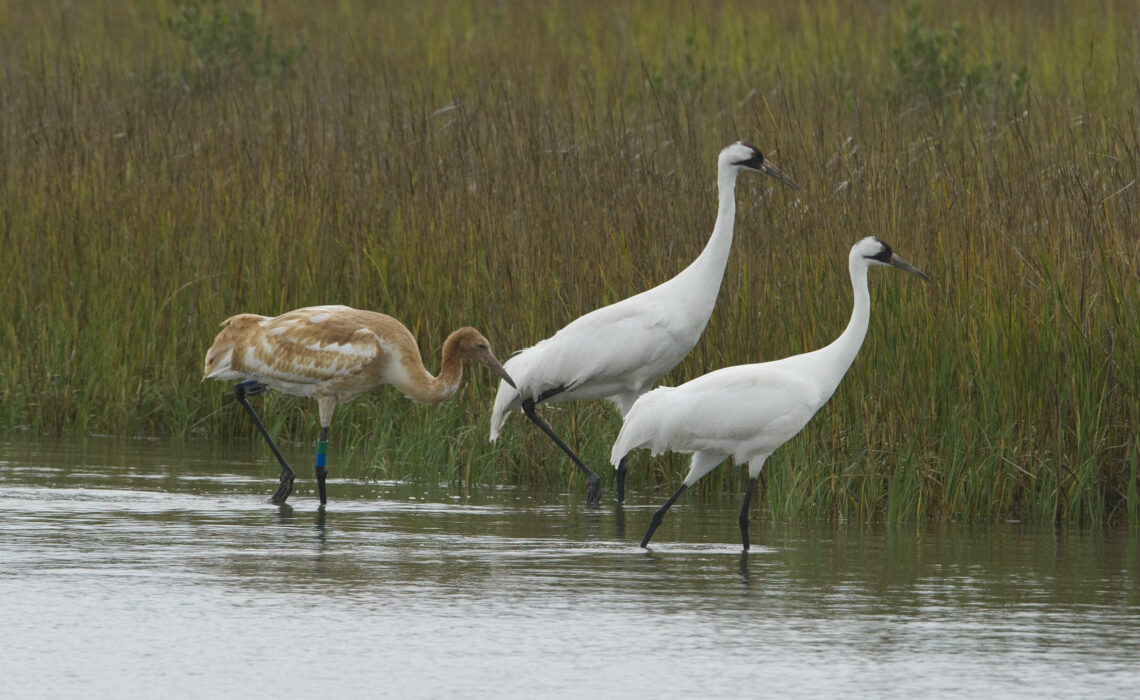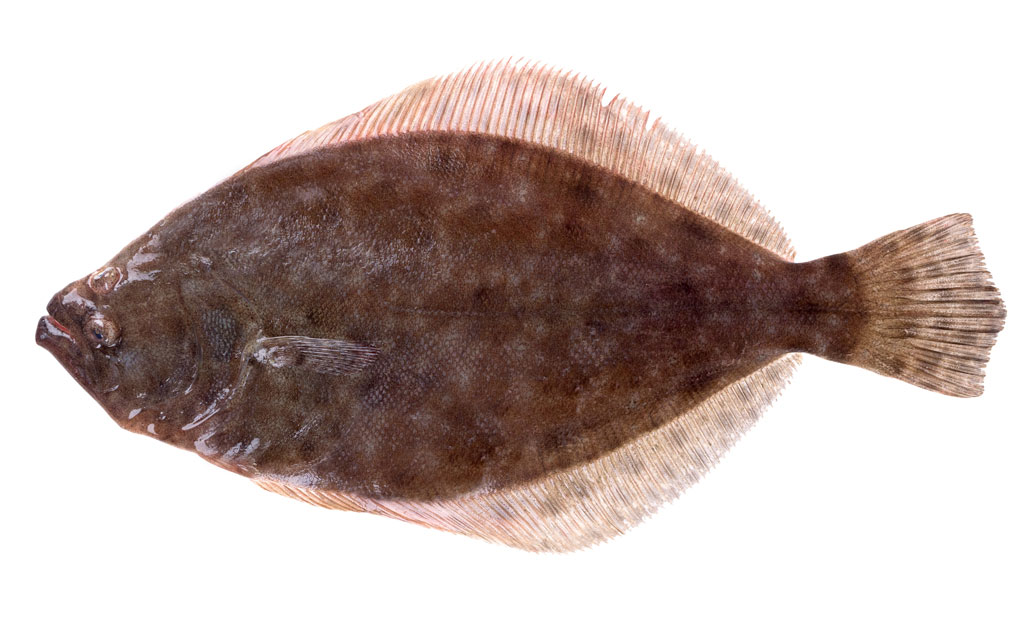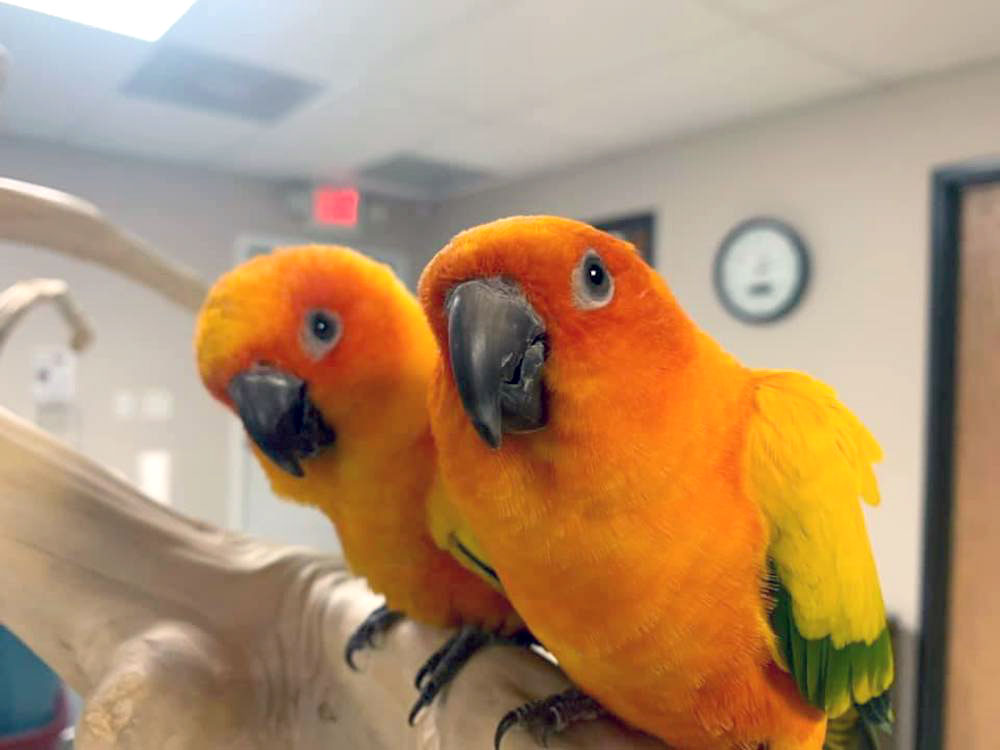
Two adult whooping cranes and a chick at Aransas National Wildlife Refuge near Corpus Christi. The younger birds are known by their rust-colored feathers. Courtesy photo TPWD
Bird-watchers on the lookout for this year’s flock of whooping cranes report that about a quarter of the expected 120 birds have arrived at Aransas National Wildlife Refuge, their winter home. The entire flock, which summers in Wood Buffalo National Park in Canada, should be at home in local bays and estuaries by early January.
This year’s number of chicks is down, according to reports. Only about 24 juvenile birds will make the 2,500-mile journey across the United States. In 2017, a record number of 45 chicks accompanied their parents on their migration to Texas for the winter. Experts attribute the decrease to unusually wet and cold weather in the North.
Heavy rains in their southern home have provided the birds with an especially healthy environment this year. Bays and estuaries are full of blue crabs and wolfberries, which are favored by the birds.
Whopping cranes are tracked on their journeys between Canada and the Gulf Coast by the Texas Whooper Watch program, a citizen-science initiative put together by the Texas Parks and Wildlife Department. Anyone spotting a whooping crane can report the sightings via iNaturalist.org, a site set up specifically for Texas Whooper Watch.
Watchers are currently on the alert along the migration path, which includes Wichita Falls, Fort Worth, Dallas, Waco, Austin, and Victoria. Whooping cranes usually travel in small groups of two to 10 birds, but groups as large as 19 have been spotted in the past. They overnight in wetlands along the way, rarely staying more than one night. It takes them 50 days to make the entire trip.
Spotting a whooping crane can be tricky. They often roost and feed with large flocks of sandhill cranes, which are smaller, darker birds. The pristine white whooping cranes have a red patch on their heads and black mustaches. Their black-tipped wings open to 7½ feet when flying. The tallest-known birds, they stand 5 feet tall.
The endangered birds are making a slow comeback. This particular flock, the last naturally occurring population of whooping cranes in the world, numbers about 308 today compared to a low of 16 in the 1940s.
If you spot a whooping crane, you will need to make note of the following information to fully report it:
• number of birds you see;
• how far away they were when spotted;
• type of habitat — farm pond, lake, reservoir, stream, river, freshwater marsh, brackish marsh, salt marsh, tidal flat, open bay, grassland, cropland, shrubland, woodland, other;
• dominant behavior — flying, feeding, preening, walking, or roosting;
• and health of the bird.
To learn more about whooping cranes and even help conserve their habitat and encourage proliferation of these beautiful birds, you might want to attend the annual Whooping Crane Festival in Port Aransas. The next festival is set for Feb. 21-24, 2019.





